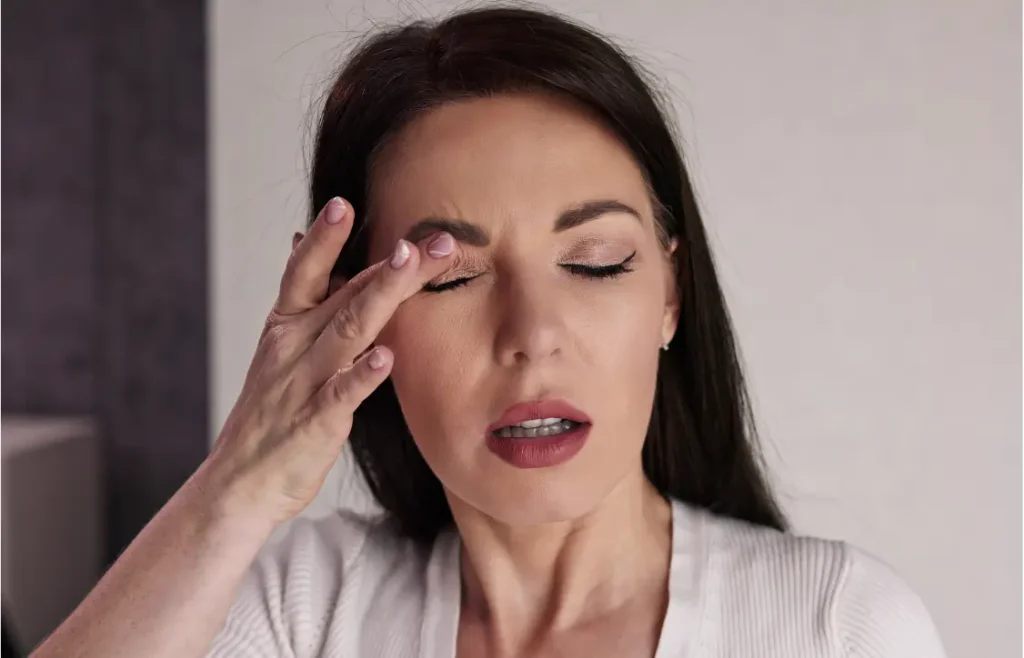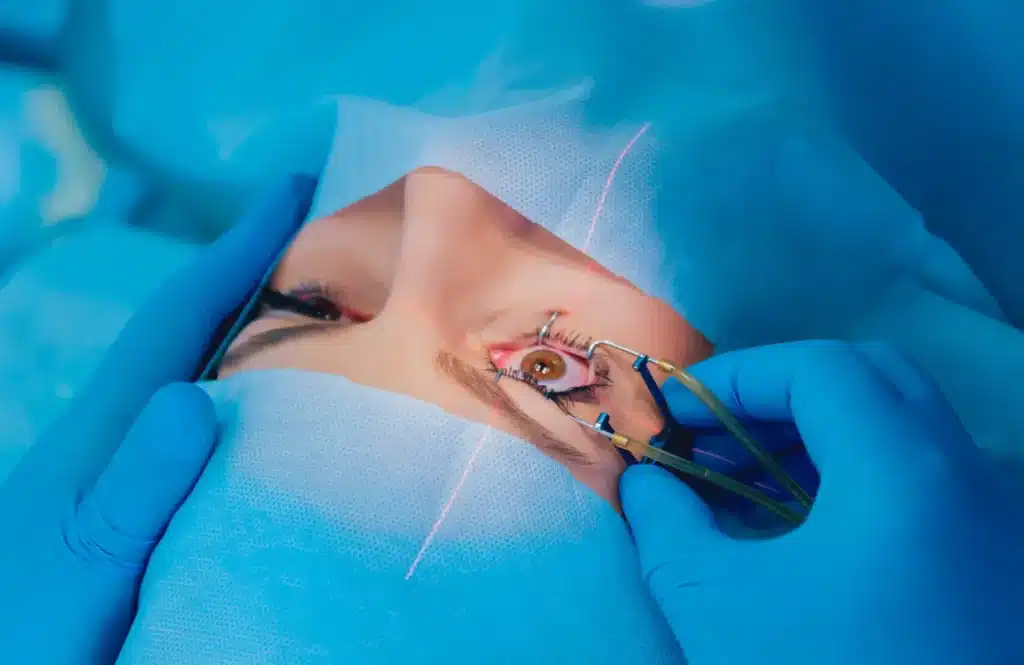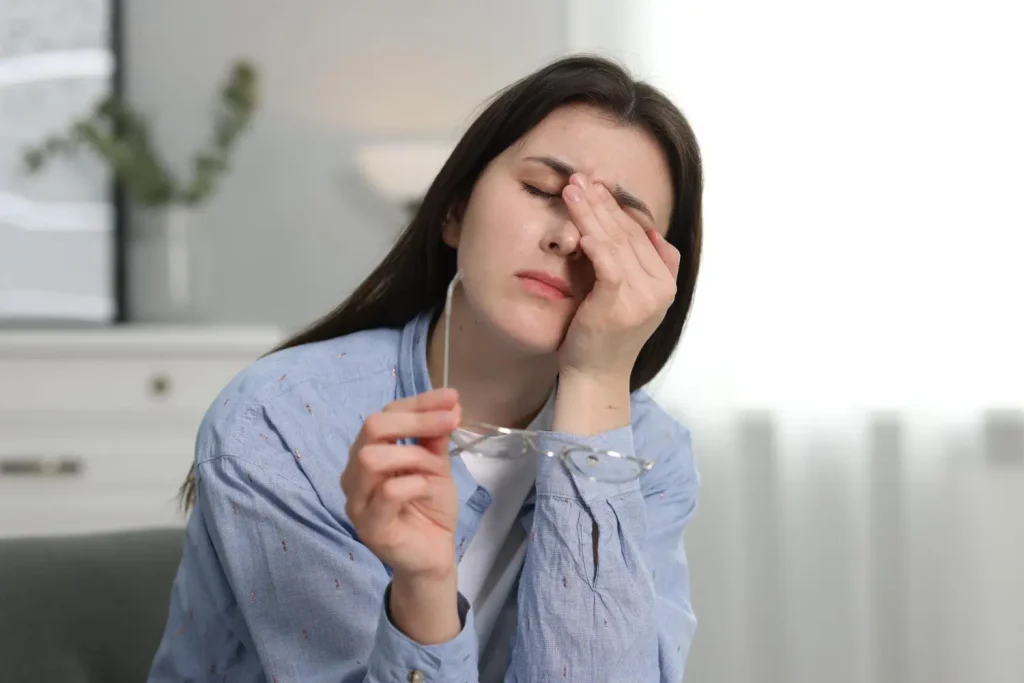Dermal fillers are non-invasive cosmetic treatments. During these procedures, the filler is injected into the skin to restore youth and add volume to the face. Ultimately, this smooths wrinkles and other depressions in the facial skin, causing imperfections to appear less noticeable.
Additionally, fillers can be used to restore volume and plumpness to lips, chin, cheeks, jawline, under-eye area, and nose. Fillers can also be very effective in improving the appearance of scars and hydrating the skin.
Dermal filler ingredients
Most fillers are comprised of hyaluronic acid, a type of sugar that is naturally created within the body. It has great qualities; it can hold up to 1,000 times its weight in water, at the same time hydrating and volumizing the skin. Restylane, Juvederm and Belotero Balance are all just some of the products containing hyaluronic acid, with the intended purpose being to use it to replenish the natural levels of this same substance in the skin tissue. The levels of HA undergo a process of decreasing as we age. Other ingredients used in these and similar products, include poly-L-lactic acid and calcium hydroxylapatite.
What to expect with soft tissue filler treatments
Depending on the area to be treated, the injector may first apply a topical numbing cream or administer a lidocaine injection to reduce any discomfort during this procedure. Then, the filler is injected into any imperfections. This process usually takes 1030 minutes to complete, depending on the number of areas being treated.
According to the American society of Plastic Surgeons, severe complications from dermal fillers are uncommon. Potential risks vary depending on the specific filler used and its relative permanence.
Rare risks of dermal fillers:
- Acne-like skin eruptions
- Asymmetry
- Damage to the skin that results in a wound and possible scarring
- Infection at the injection site
- Palpability of the filler under the surface of the skin
- Under- or over-correction of wrinkles
- Blindness
- Skin necrosis (ulceration or loss of skin from the disruption of blood flow)
Your doctor will discuss these and other risks with you before starting the procedure.
Most professional cosmetic surgeons and dermatologists urge their patients to be realistic about their expectations, and not to go overboard. The aim is to still look like yourself, but just a fresher, more youthful-looking version. Trust that your injector has your best interest in mind, even if they are not willing to give you the drastic results you were originally hoping for. Having too much filler injected can change your face dramatically, and may cause side effects that otherwise would occur, such as the Tyndall effect. Only receive treatment from a licensed injector to ensure you are being given the best advice for treatment.
You can expect some swelling after the injection, and some people also experience some slight bruising.
Which brands are most popular?
- Restylane
- Belotero
- Princess
- Juvederm
- Filorga
- Revofil
Do cosmetic injectables all cost the same?
The cost of dermal filler injections will vary based on the brand used, type of filler used, and the amount needed for correction. For example, a mesotherapy treatment can cost around $300. Treatments to correct deep wrinkles or volume loss can cost $800 or more.
When do I need to get my filler injections redone?
The great thing about fillers is that you can usually see the results immediately. The duration of the effects of dermal fillers depends on the product, the area of treatment, and the patient. Generally speaking, the denser the product is and the more deeply it is injected, the longer it will last. Hyaluronic acid fillers typically last from 618 months.
Fillers are a great option if you want to look more youthful. If you are realistic about what you want to achieve and take it slowly, having fillers injected is a safe and reliable way to look younger and more refreshed.
To make the best of your treatment with dermal fillers, be sure to choose a qualified professional to perform the procedure and inform yourself about the best product for your specific needs.



















